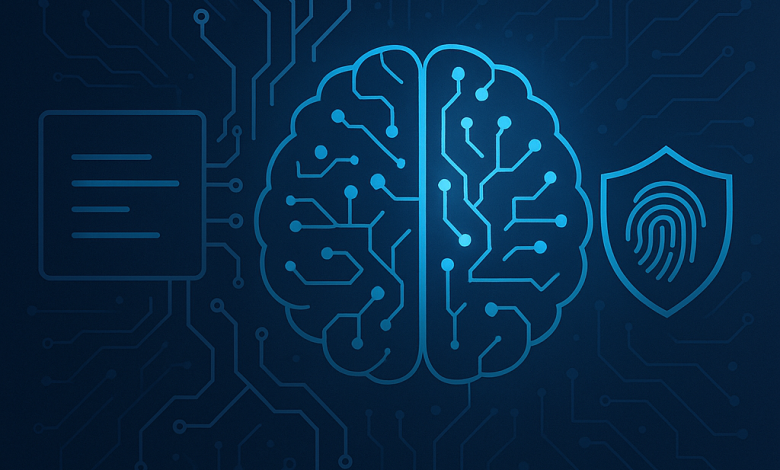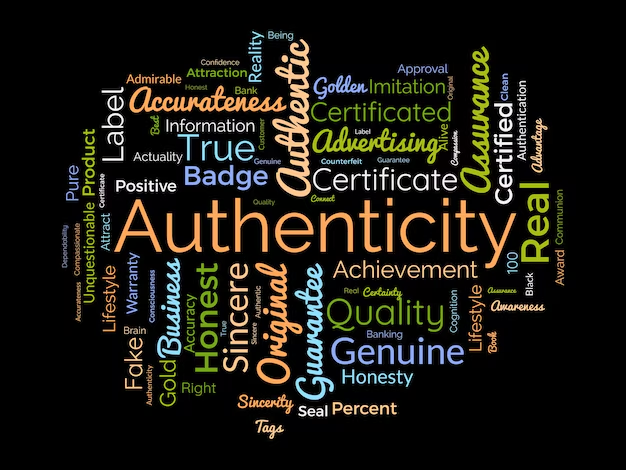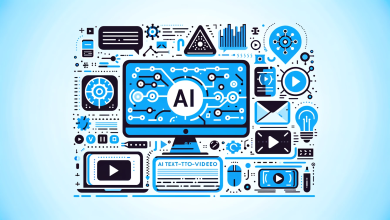
As generative AI becomes part of everyday workflows, the internet is entering a new era—one where authenticity, trust, and verification matter more than raw content volume. In 2026, the ability to distinguish human writing from machine-generated text will become a critical requirement for educators, publishers, enterprises, and governments worldwide.
The explosion of AI-written content has brought incredible efficiency, but also new challenges: misinformation, AI-spammed articles, identity fraud, fake academic work, and automated phishing. To solve these problems, organizations are now turning to advanced AI detection systems to ensure what they read truly comes from a human mind.
Why 2026 Will Be a Breakthrough Year for AI Detection
Generative AI output is estimated to exceed 50% of all written content online by 2026. As a result:
- Universities face unprecedented plagiarism risks
- Publishers struggle with AI-generated spam
- Social platforms battle bot-created posts
- Enterprises must verify reports, documents, and internal communications
- Governments need to distinguish real human voices from deepfakes
This rapid shift makes an AI detector no longer optional—it becomes a fundamental part of digital integrity.
How AI Detection Technology Works Today
Modern detectors combine several advanced techniques to evaluate text:
1. Stylometric Analysis
Compares writing rhythm, tone variation, and linguistic fingerprints unique to human authors.
2. Probability & Perplexity Measurements
AI output has predictable likelihood patterns; human writing is more dynamic.
3. Burstiness Detection
Human writers vary sentence lengths and structures far more than AI.
4. Embedding-Based Comparisons
Deep neural networks detect similarity to known AI model patterns.
5. Metadata & Structural Patterns
AI often has consistent repetition, symmetry, or unnatural cohesion.
These methods allow systems to reliably detect AI-generated content across essays, reports, SEO articles, and user submissions.
The Growing Problem: False Positives and How to Prevent Them
As detectors become stricter, new issues arise—particularly false positives, where genuine human text gets flagged as AI-written.
This happens because:
- Humans write differently under pressure
- Grammar-checking tools smooth out natural imperfections
- Non-native writers may have repetitive patterns
- Editing tools create AI-like structure
In 2026, the industry will focus heavily on improving fairness, reducing bias, and increasing transparency in detection algorithms.
Organizations now evaluate detection tools not only on accuracy but also on their ability to avoid unfairly penalizing humans.
Why Content Authenticity Will Become a Global Priority
1. Education: Protecting Academic Integrity
With AI tools widely available to students, universities need reliable ways to verify originality while protecting students from false accusations.
2. Journalism & Publishing
Media outlets will adopt detection systems to prevent AI-written misinformation from entering news ecosystems.
3. Enterprise & Compliance
Companies must verify internal documents, prevent fraudulent AI-generated reports, and meet upcoming regulatory requirements.
4. Government & Public Safety
AI-generated propaganda and deepfake-driven deception require strong detection safeguards.
5. AI Transparency Regulations
New laws emerging in EU, US, and Asia will require content labeling and verification.
In short: authenticity is no longer optional—it’s a necessity.
The New Workflow: Detection + Human Review + Responsible AI Use
AI detection shouldn’t punish AI usage—it should help organizations apply it responsibly.
The 2026 content workflow will look like this:
- Creators write using AI assistants
- Humanizers refine tone and improve clarity
- Detectors verify originality and ensure fairness
- Human reviewers make final decisions
This creates balance:
- Speed from AI
- Nuance from human judgment
- Integrity from detection tools
What the Future of AI Detection Looks Like
1. Multi-modal detection (text, voice, video)
By 2026, enterprises will use unified systems to verify all content types.
2. Real-time detection inside communication tools
APIs will be embedded directly into LMS systems, email services, and writing apps.
3. Higher accuracy and fewer false positives
Stylometry + deep neural networks will eliminate most edge-case errors.
4. Universal authenticity standards
Industries will adopt shared rules for verifying human content.
5. AI accountability frameworks
Organizations will implement “AI transparency layers” powered by detection technologies.
Conclusion: 2026 Will Define the Future of Content Integrity
Content creation is changing fast—but trust, originality, and truth still matter.
AI detection tools will play a central role in shaping a future where:
- Human creativity is protected
- AI is used responsibly
- Fraud, misinformation, and academic misconduct are reduced
- Digital ecosystems become more trustworthy
As generative AI expands, the systems used to verify authenticity must advance even faster.
2026 is the year that shift becomes inevitable.






